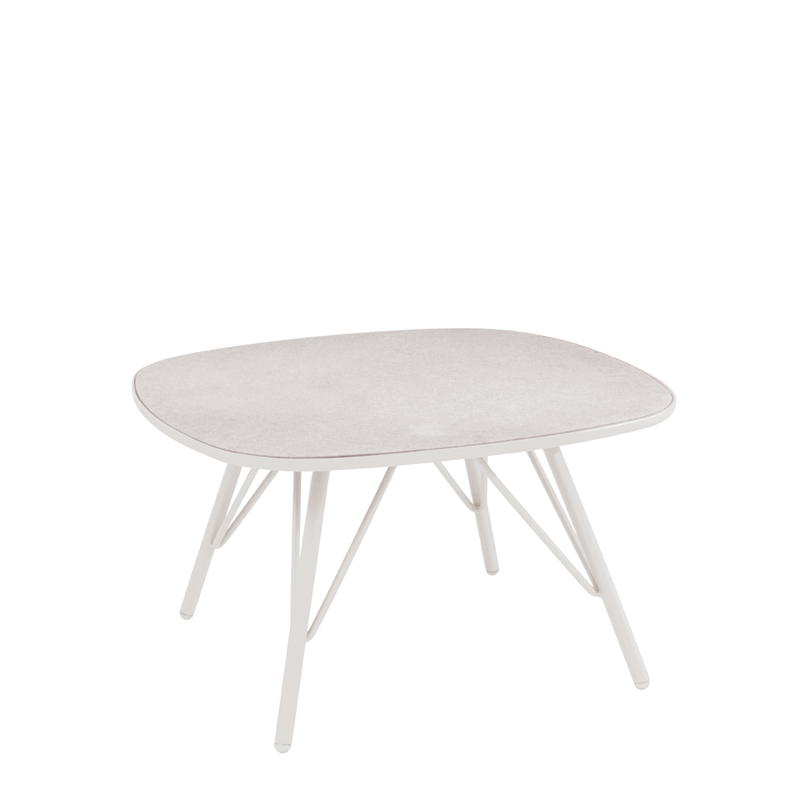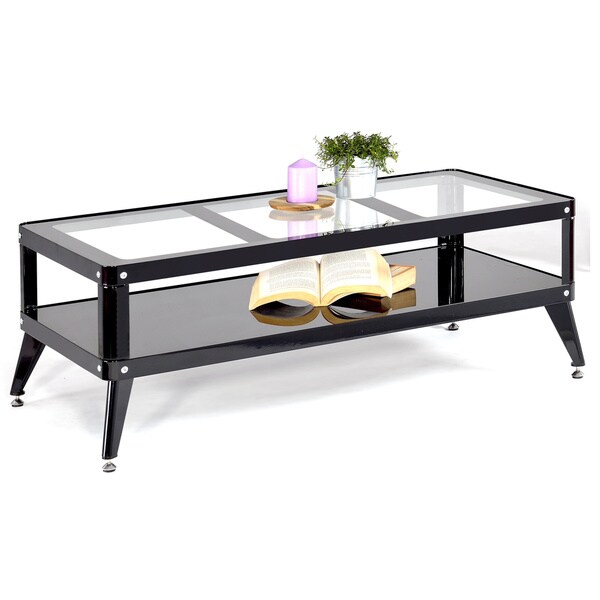
Now set the cursor below the caption (the common rule is to have captions above tables but below figures), use the toolbar button (menu Insert→Table) and select there the number of rows and columns. Use the toolbar button (menu Insert→Float→Table). You never have to tell LyX that this is figure 1, it counts for you. A new gray box indicates the created reference. Now use the toolbar button (menu Insert→Cross Reference). Write there something like "see Figure ".

Now find the sentence where you want to refer to the figure. The label does not appear in the printed version. You can just use it because LyX takes care that the same name will not be used twice.Ī gray box with "fig:This-is-a" appears in the caption as label. LyX propose already a name for the label. To do this set the cursor into the caption and use the the toolbar button (menu Insert→Label). However the reader needs to find them and therefore they have to be referenced in the text. You can see that the float appears above its section because a strength of LaTeX is to place (to float) images to a position where they will look nice. Now the float is ready and looks as we want it. As we want the image to appear centered, we use the toolbar button (menu Edit→Paragraph Settings) to make it centered. We use 50% column width (not text width because documents can have 2 or more text columns). In the dialog you can set the scaling, rotation etc. LyX supports many graphic formats and converts them automatically to the one needed by LaTeX.


Use the file browser to find your image file. Now insert the figure by putting the cursor above the caption and use the toolbar button (menu Insert→Graphics). Type the caption into the box behind "Figure 1:". Use the toolbar button (menu Insert→Float→Figure) and a so-called float will be inserted.


 0 kommentar(er)
0 kommentar(er)
